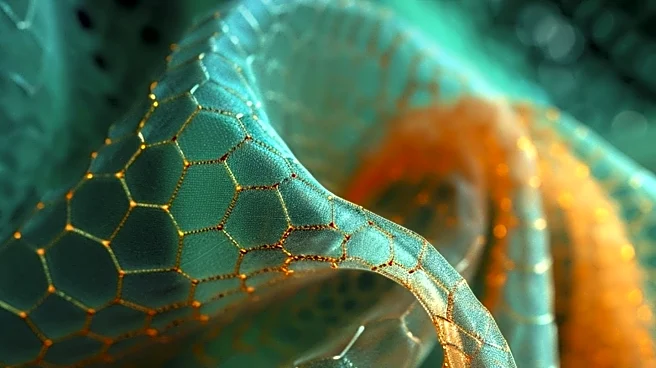What's Happening?
Researchers are utilizing organoids, miniature models of human organs, to study female reproductive health. These organoids mimic tissues such as the placenta, endometrium, and ovaries, providing insights into their function and development. The research aims to address gaps in understanding due to limitations in animal models, as mice do not menstruate and their placentas differ from humans. Organoids offer a more realistic representation of human tissues, allowing scientists to explore conditions like pre-eclampsia and endometriosis. This innovative approach is poised to enhance knowledge of reproductive biology and improve treatment options.
Why It's Important?
Organoid research represents a significant advancement in women's health, offering a powerful tool for studying complex biological processes. By overcoming the limitations of traditional animal models, organoids can lead to breakthroughs in understanding diseases that affect millions of women worldwide. This research has the potential to improve diagnostic methods and develop targeted therapies, addressing conditions that have historically been underfunded and understudied. The findings could lead to better health outcomes and quality of life for women.
What's Next?
The continued development of organoid models will likely expand their use in studying various aspects of women's health. Researchers are exploring the potential of these models to test new treatments and understand disease mechanisms. As the field progresses, it may lead to personalized medicine approaches, tailoring treatments to individual patients based on organoid data. The integration of organoids into research and clinical practice could transform women's health care.
Beyond the Headlines
The use of organoids in research highlights ethical considerations, such as the need for responsible use of human-derived tissues. It also underscores the importance of addressing gender disparities in medical research funding and prioritizing women's health issues. As organoid technology advances, it may prompt discussions on the ethical implications of using human-like models in research.










